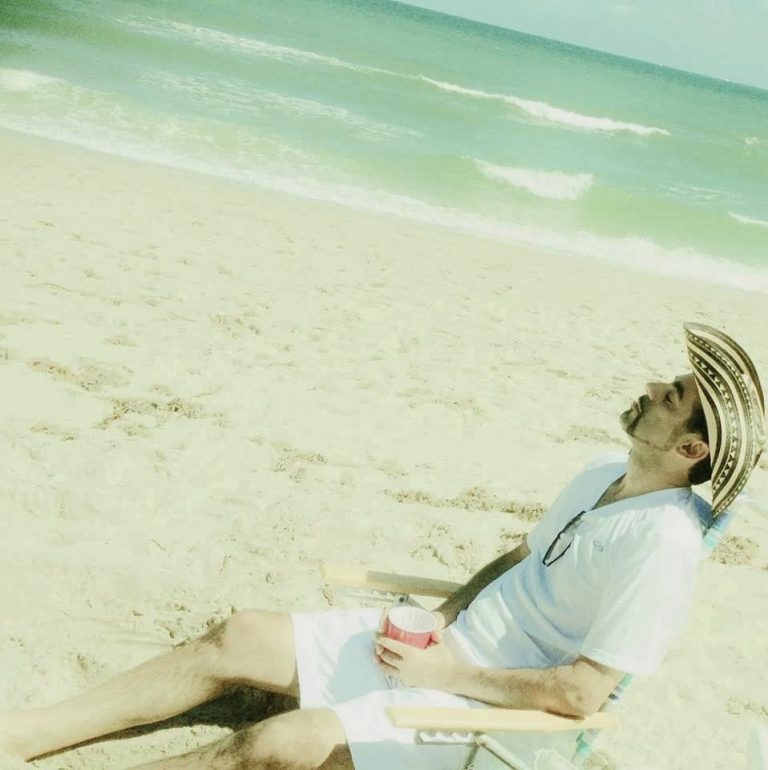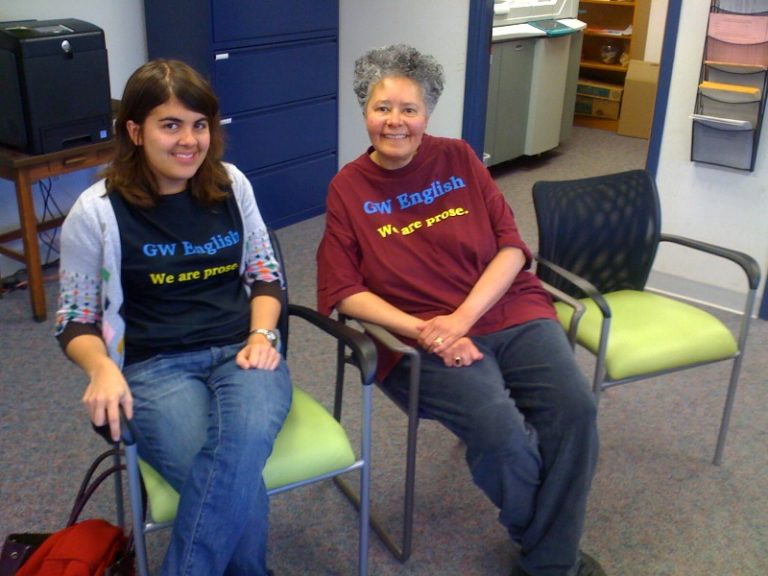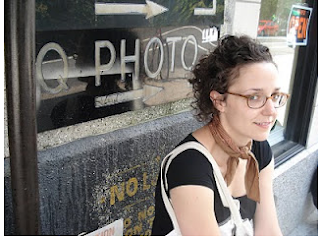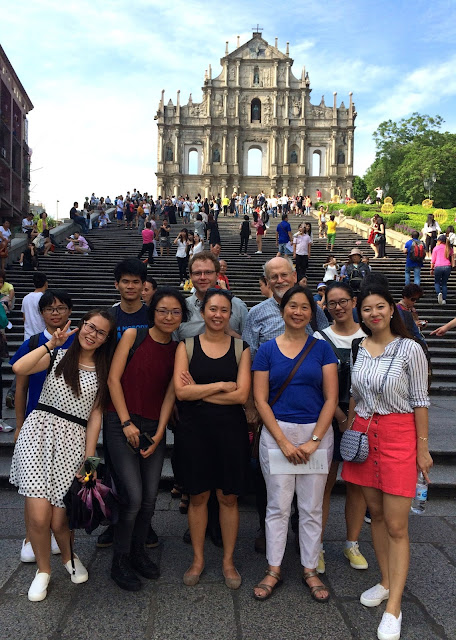Introducing Jenny McKean Moore Writer-in-Washington: Kseniya Melnik
 |
| JMM Writer-in-Washington Kseniya Melnik Photo Credit: Morgan Demeter |
What attracted you to the position at GW, and as Jenny McKean Moore Writer-in-Washington?
The location is exciting, for one. I had spent a couple of weeks in D.C. as a high school student attending an ambitiously-named “International Law and Diplomacy” program at American University, where we did a lot of model UN debates and were carted from monument to monument in a big bus. I’ve always wanted to go back. I am thrilled to be able to try on D.C. life as a temporary local.
But most importantly I’ve been attracted by the perfect balance between community engagement and time to write that the JMM fellowship offers. I’ve taught creative writing on the undergraduate level before, at NYU, and am looking forward to working with young writers again, introducing them to my favorite authors and hearing fresh takes on stories (and life!). I took my first workshop as a sophomore in college, and it was a life-changing experience. I am still in touch with my first teacher, Jennifer Vanderbes, Colgate University’s own writing fellow from that year.
I am also very excited and intrigued to lead the free community workshop. When I lived in New York City and supported myself by working at law firm, I attended similar classes at The New School (albeit not for free). I was often blown away by the range of stories submitted for critique by people of wildly disparate backgrounds and ages, all united in their passion for writing and literature. I bow to the fellowship fund and the university for creating such a unique opportunity for people to incorporate creativity into their lives at a time when other things often take priority.
I hope to create stimulating and supportive environments in both types of classes, and learn from my students as much as teach.
Tell us a bit about your debut story collection, Snow in May. The linked stories are all in some way connected to the Russian town of Magadan, your hometown – can you describe this setting for us? What sets this location apart from other Russian settings?
The stories are set in various Russian towns-Moscow, Stavropol, Petropavlovsk-Kamchatsky, and even in America, in California and Fairbanks, Alaska, but the emotional center of gravity is my hometown of Magadan.
Magadan, a remote port town in the northeast of Russia, has a very interesting history. It is cold, windy, isolated, but also beautiful and enchanting. It started out as a gold rush town in the 20s, then became an administrative center of a vast network of Gulag camps in the natural resource rich valley of the Kolyma River; in fact, prisoners, including Japanese POWs, built most of the original Magadan. After the Gulag era was over, many former prisoners remained in Magadan; many of them were from the Soviet elite and Magadan became a cultural center of the North. That special combination of romance of the uncharted territories of “Wild Far East,” high culture, and tremendous suffering is probably what makes Magadan most different from other Russian towns with Gulag history.
The government encouraged people to move to Magadan in the 60s and 70s with subsidies to develop the north, so a lot of young specialists streamed in. It was quite a lively bustling town by the time I was born. Then, in the 90s, after the Soviet Union collapsed and subsidies ended, there was an exodus back to the “continent,” as Magadanians call the rest of Russia. Magadan is a city of sharp contrasts. Surrounded by breathtaking scenery, it became a grave for more than one hundred thousand prisoners. The arts thrived despite stagnation, poverty, and crime.
So, the collection is a result of almost ten years of trying to reconcile the Russia of my happy youth with the intricacies of a more complex reality, of trying to imagine what made the people living under such drastic historical conditions tick, cry, laugh, love, feel inspired, remain strong.
The stories in Snow in May take place over the course of many years: what were some of the challenges you faced writing about characters across such a span of years in a country that saw so much change during that period?
The collection is set between 1950s and early 2000s and, of course, I wasn’t alive for most of that time. On top of that, having moved to the US at fifteen, I now have a somewhat “American” perspective.
I was quite fastidious about research, which I did online, in books, films, and through interviews. I believe that quotidian details sometimes play a bigger role in the characters’ conception of themselves and what dreams they dare to dream than the big political and historical movements. I also had the benefit of checking my research against the memories of family members who had lived in Magadan during different decades.
Tell us what you’ve been working on. Will you be presenting both from Snow in May and some of your new work when you open the JMM reading series in September?
I’ve been working on a novel. It started out in 2009 as a short story I planned to include in the collection, and since then grew into a long and ambitious project. It is also set in Magadan and includes school romance, missing fathers, picaresque road trips, the ghosts of Gulag, flying reindeer, talking skulls, and time travel. I may read from that or one of the new short stories I’ve been drafting.
Who are some of the short story writers you have been reading lately?
Nina McConigley is a brilliant young writer whose first collection, “Cowboys and East Indians” is set mostly in the American West. Others are Molly Antopol, Laura van den Berg, Ramona Ausubel, and Colin Barrett.
Welcome, Professor Melnik!







